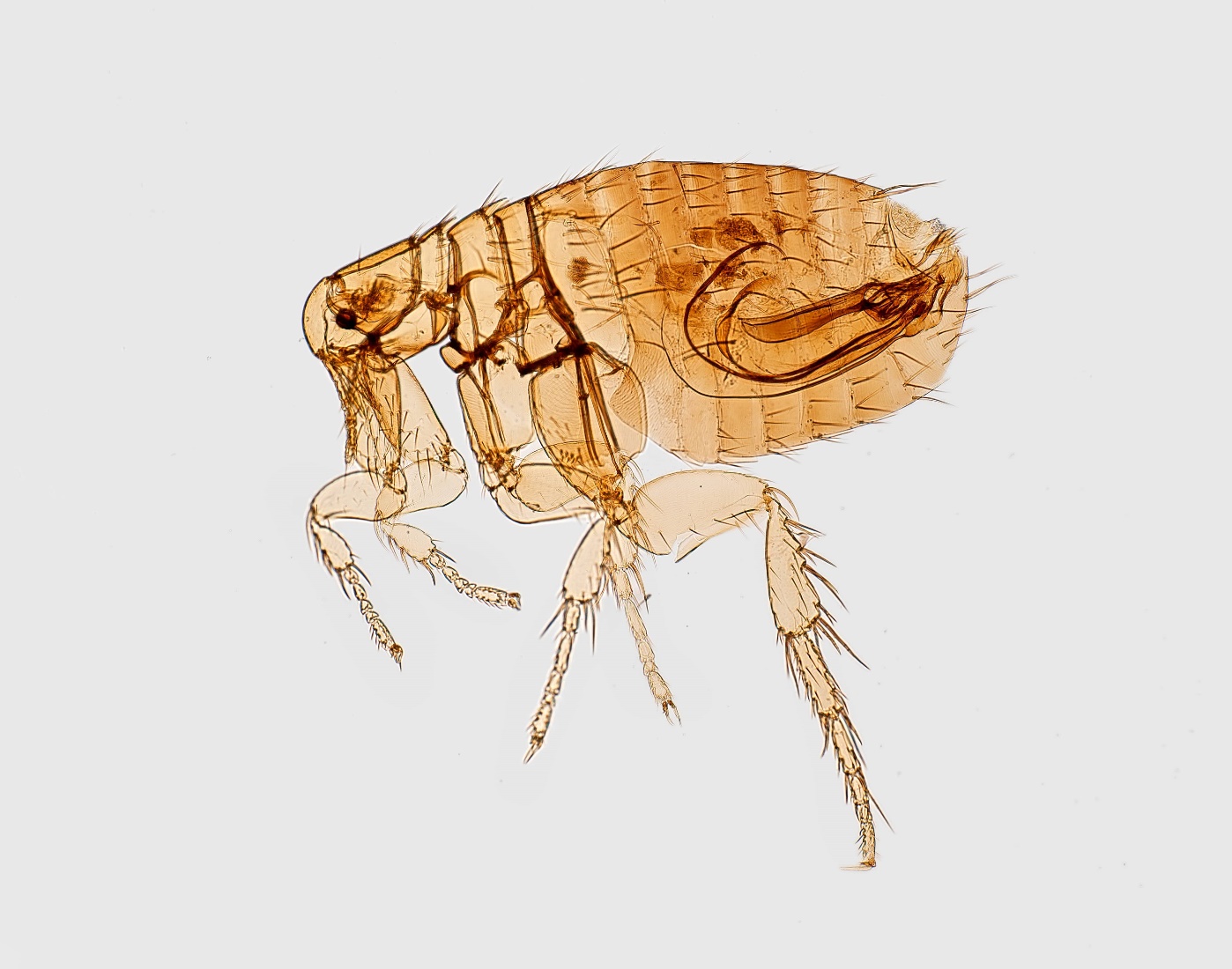The Life Cycle of a Flea and How to Be Rid of Them
Have you ever tried to squash a flea? If you can get a hold of it at all, squashing these tricky little bugs is very difficult, and it can make them seem nigh-on invincible. That may be because you’re approaching it in the wrong way.
Thanks to our expertise with veterinary supplies, we know how to remove your pesky flea problem. Instead of tackling only the adult fleas on your pet and in your environment, you must eradicate all parts of a flea’s life cycle to be truly rid of them. Fleas reproduce by laying eggs, often laying for weeks at a time before they eventually die; that’s a lot of baby fleas!
So, how do you get ahead of a flea’s life cycle, kill the ones that are bothering you, and prevent more from taking their place? Learn more below.
The Life Cycle of a Flea
Before we get into the extermination procedure, it’s essential to understand how fleas are born, how they grow, and when they die. There are four stages to a flea’s life cycle: egg, larvae, pupae, and adult. Let’s break each one down.
Egg
Flea eggs are tiny white dots that are almost impossible to see, whether in your pet’s fur or your home’s carpet. Female fleas lay them very quickly, churning out anywhere from twenty to fifty eggs per day as soon as they reach adulthood.
Therefore, once you’re seeing adult fleas, your problem is most likely worse than you think it is, as there are many more eggs waiting in the wings.
Larvae
Once the eggs hatch, the fleas have entered the larvae stage. Flea larvae hate sunlight, so they bury themselves into textiles and survive by consuming “flea dirt” (adult flea faeces). These tiny creatures make up around 35% of a typical household infestation, and you can find them in the darkest parts of your home.
Pupae
After one to two weeks have passed, the flea will grow into a pupa. This stage is unique, as the pupa will disappear into a cocoon buried in your carpet and only emerge once the conditions are just right. While it’s cocooned, the pupa is growing into an adult flea that will only come out once they sense a potential host.
That means your flea infestation could continue for months, unbeknownst to you, and come back with a vengeance after you’ve taken measures to kill the other adults.
Adult Flea
Once the flea senses a host nearby, it will emerge from its pupa cocoon to feed. Once female fleas have fed, they can reproduce, perpetuating the life cycle.
Adult fleas only account for about five per cent of an infestation. In other words, just getting rid of the adult fleas that you see jumping through your pet’s fur won’t be enough to keep them away for good!
How to Get Rid of Fleas
Getting fleas to stay away for good is an art form, requiring knowledge of all four life cycle stages. Ideally, you should treat your home for each stage, ensuring that you eliminate all remnants of eggs, larvae, and pupae.
Begin by treating your pet for fleas, as they’re the unknowing spreaders of these frustrating parasites. This step is arguably the easiest part of flea extermination! All you need is a pet-friendly insecticide to kill the fleas on your pet. If you’re unsure which one is right for your animal, consult your vet.
Once that’s done, it’s time to move on to your environment. Fleas, in all their stages, will be hiding in your fabrics and textiles. That’s curtains, carpets, rugs, couches, clothing, and bedding, so pay particular attention to those areas!
Here are the steps flea extermination experts recommend:
- Use a flea bomb or spray to kill adult fleas and stop young fleas from developing. This step will stop the flea’s life cycle in its tracks, helping you get ahead of their development.
- Wash all your textiles. Give every piece of fabric in your house a good scrubbing, including the curtains! While all this washing may seem like a hassle now, a few loads of laundry is nothing compared to the frustration of ongoing infestation.
- Vacuum every day for a few weeks. Flea eggs that may have escaped the onslaught will be hiding in your carpet, so whip out the vacuum as much as you can to capture as many eggs and larvae as you can. Empty the vacuum each time to make sure you’re not redistributing any eggs!
Ensure that you de-flea your car as well, as you or your pet may have carried fleas in there without knowing. From there, your only job is to enjoy a flea-free life!
From veterinarian to pet owner, we have everything you need to keep your animals healthy.
Browse our online range of animal wound care products, insecticides, veterinary supplements, and more to keep the animals in your care healthy. Unsure about a product or need some advice? Reach out to the Ethical Agents team today.


Leave a Reply